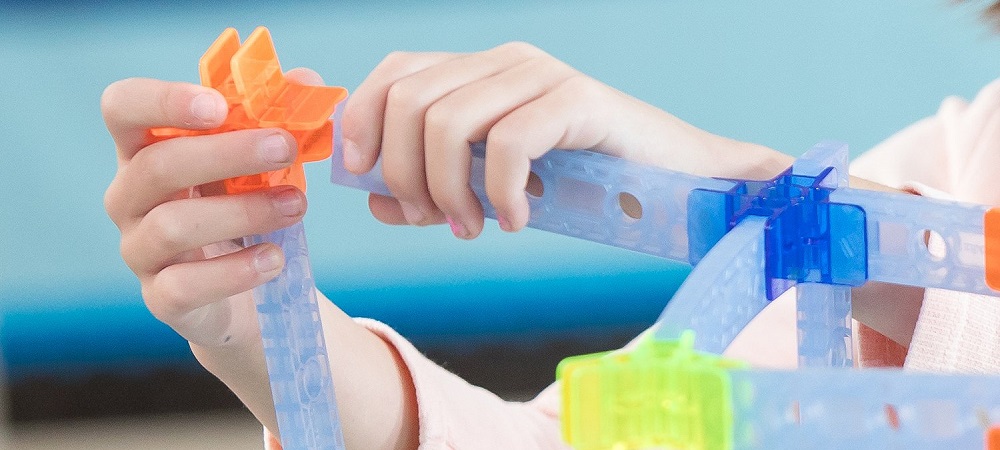Spatial intelligence or spatial reasoning is the ability to imagine or visualize in our mind the positions of objects, their shapes, their spatial relations to one another and the movement they make to form new spatial relations. This is one of the nine intelligences in the Theory of Multiple Intelligences proposed by American psychologist Howard Gardner. Application of this makes us manipulate objects through mental movement, rotation or transformation. It is the ability to perform two skills simultaneously; visualization and spatial thinking.
Spatial intelligence is very important in the teaching learning process in many academic and professional fields such as science, technology, engineering and mathematics (STEM). For example, a mathematics student creates a mental geometric object that can be measured, moved, and transformed to facilitate geometric calculation and pattern recognition.
Geo scientists mentally manipulate the movement of tectonic plates to see the process of earth formation. Neurosurgeons visualize different brain areas to predict the outcome of a surgery. Engineers visualize in their mind how various forces affect the design of a structure. Research shows that students who score high on spatial tests tend to major in STEM disciplines and go into STEM careers.
As teachers, we can teach young children the basics of spatial thinking. Spatial ability is cumulative and durable. Those who master the skills in early childhood will have more opportunities to use it to acquire and organize additional information throughout their lives. Spatial language is a powerful spatial learning tool. Verbal and non-verbal reasoning tests help them in the development of their spatial intelligence.
Hand-gesture is a powerful communicating and teaching tool. Children often learn better when gestures are used by teachers than when speech is used alone. Studies show that there is a strong association between puzzle solving and spatial intelligence. Map reading helps children acquire abstract concepts of space and the ability to think systematically about spatial relationships.
We use spatial awareness frequently in our daily life. For example, we imagine where something is inside the room before going to the room to get it. When we pack things of various sizes in our luggage box, we visualize how different items can fit together in it. In order to assemble a piece of furniture, we match the two-dimensional diagrams in the instructions to the three-dimensional furniture parts.
Leave a Reply Cancel reply
WhatsApp us

